Israeli multi-purpose aircraft "Arava"
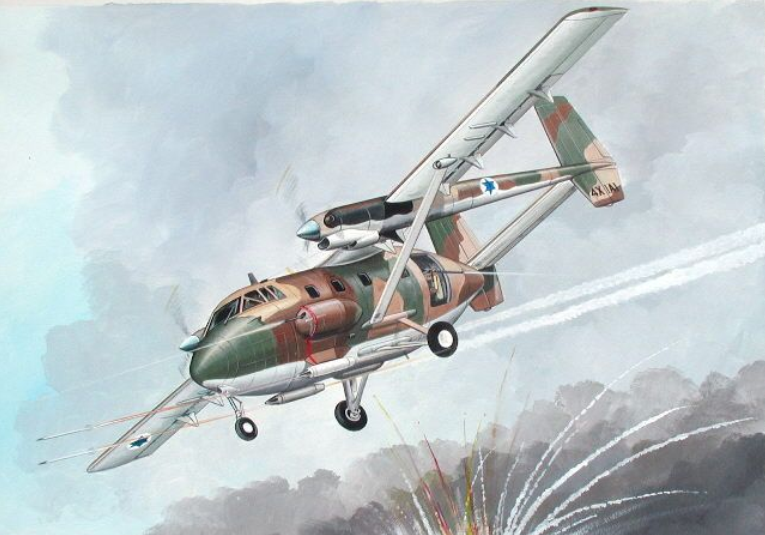
By the mid 60s of the last century, Israeli aviation the industry reached a level of development at which it became possible to mass-produce its own aircraft. In 1966, the IAI (Israeli Aircraft Industries) company began designing a light transport and passenger aircraft with a short take-off and landing. Even at the design stage, it was envisaged that the new multi-purpose machine will be operated from minimally trained field airfields.
The aircraft, named Arava (a deserted area on the border between Israel and Jordan) and the IAI-101 index, was a high-profile aircraft with a fuselage-gondola and two beams, with engines installed at the front ends, and spaced vertical tail and stabilizer mounted on the rear ends. Such an aerodynamic scheme, previously used in the much larger and heavier US military transport Fairchild C-119 Flying Boxcar, allowed for good take-off and landing characteristics and optimal use of internal volumes. The tail part of the all-metal fuselage of a semi-monocoque structure, to facilitate loading and unloading, deviates to the side by more than 90 °. The height of the cabin floor is at the level of the body of a standard truck.
There are doors on both sides of the fuselage for boarding the aircraft for the crew and passengers. The straight wing of the two-spar coffered structure is supported by two lower struts. From the means of wing mechanization, there were two-section flaps, occupying 61% of the span, slats, ailerons and retractable spoilers. The wing contains four fuel tanks with a total capacity of 1440 liters. The original power plant consisted of two Pratt & Whitney Canada PT6A-27 715 hp turboprop engines. The fixed tricycle landing gear with powerful oil-air shock absorbers is designed to compensate for shocks during a hard landing of the aircraft and to overcome runway irregularities up to 10 cm high. soggy "or covered with loose sand strips. It was planned that the new light transport and passenger aircraft would replace American-made C-3,37 piston aircraft in Israel.
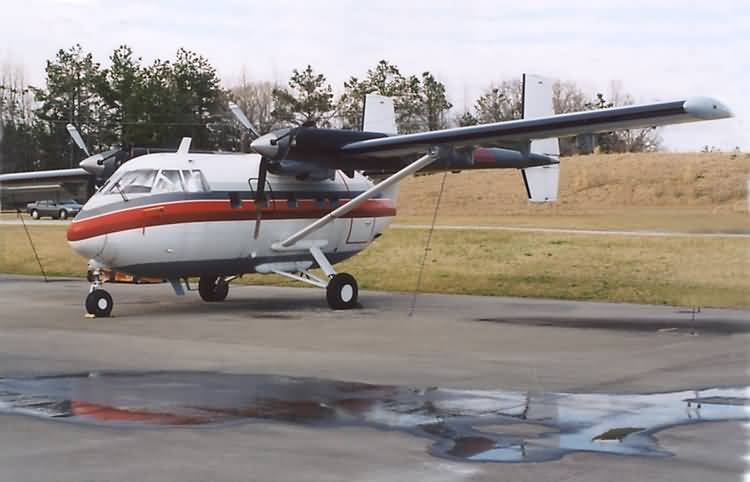
Considered both civil and military use of the aircraft. In the passenger version was placed up to 20 people, in the transport - up to 2300 kg of cargo. In the VIP configuration, the aircraft housed up to 12 passengers. Crew 1-2 man. Modifications were also designed for use as a flying medical operating room, for terrain mapping, oil exploration, forcing rain, and as flying laboratories. An aircraft with a maximum take-off weight of 6800 kg could cover the distance 1300 km. Maximum speed - 326 km / h, cruising - 309 km / h. The length of the runway required for takeoff - 360 meters. Landing distance - 290 meters.
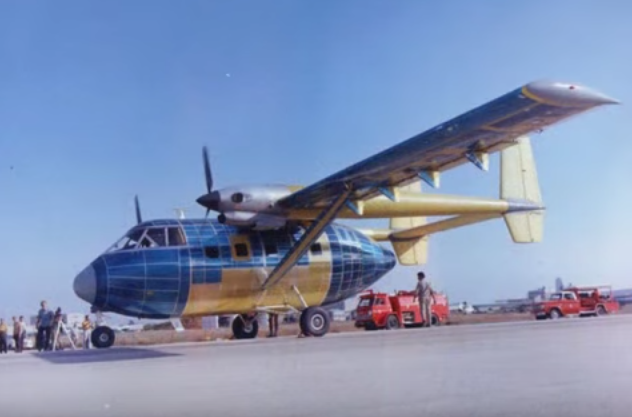
The prototype flew 27 on November 1969 of the year, and soon the car went into mass production. In 1972, the aircraft was demonstrated at the aerospace exhibition in Hanover. In the same year, IAI organized a demonstration tour of Latin American countries, as a result of which the aircraft flew a total of 64 thousand km. Particular emphasis was placed on unpretentious service, cost effectiveness and excellent take-off and landing characteristics. In 1972, the aircraft was offered to customers for $ 450 000. The first buyers of the Arava became the Mexican Air Force, which ordered 5 copies. The Israeli Air Force only looked closely at the aircraft, but in mid-October 1973 of the year, during the Doomsday War, three IAI-101 Arava were transferred to the 122-th squadron at the Nevatit base. The planes were used for the operational supply of the Israeli troops, and in general, despite the recently begun production and a number of “children's ills,” they proved themselves well. However, after the end of hostilities, the first three cars were returned to the manufacturing company, and the Israeli Air Force officially acquired the first batch of upgraded aircraft only in 1983.
IAI’s hopes for the commercial success of the civilian IAI-101 variant did not materialize. The niche of the light twin-engine aircraft of local airlines was occupied by numerous competitors. In addition, in the middle of the 70-x in operation there were still a lot of piston machines of the previous generation. In the third world countries, Douglas C-47 (DC-3) was especially common, which in total built around 10 000 copies. In the 60-70-ies in the market there was an overabundance of these machines, as the military got rid of obsolete, in their opinion, transport and passenger aircraft. “Douglas” with a still very decent resource could be bought for $ 50-70 thousand. Under these conditions it was very difficult to break into the civilian market of the Israeli company with its light passenger aircraft. As a result, despite the strong advertising, they managed to sell a small number of civilian modifications IAI-101. At the same time, the air forces of the poor countries of Latin America and Africa showed interest in a universal machine in many respects.
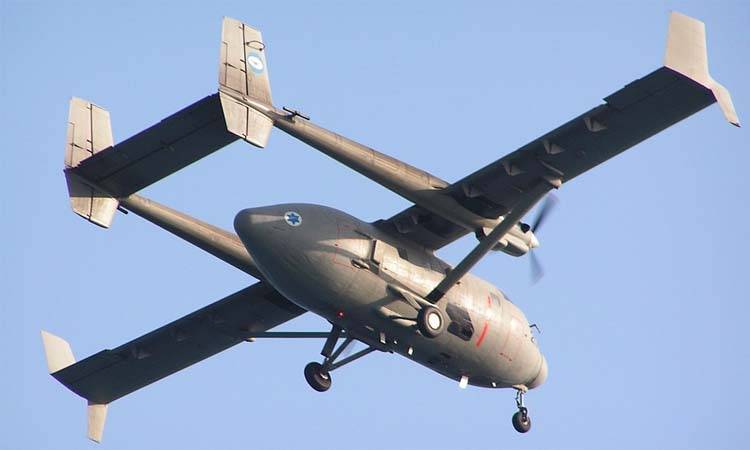
Considering that in countries that could potentially act as buyers for the Israeli Arava, there were often problems with all sorts of insurgents, weapons were installed on the aircraft. And this to a certain extent really affected the export potential, since now the plane could not only land the paratroopers, but also support them, if necessary, with fire. Tests of an armed prototype, conducted in Israel, have shown that thanks to a good view from the cockpit, pilots easily and quickly detect and identify ground targets. The relatively low flight speed and good maneuverability made it easy to take a favorable position for the attack. However, during the tests, military representatives noted the great vulnerability of the "Arava" in operations over areas with advanced air defense. There were no special measures to increase survivability, such as retrofit tanks or cockpit armor, and in case of a meeting even with the enemy’s subsonic attack aircraft, the chances of escaping safely were minimal.
The aircraft was armed with two Browning 12,7-mm machine guns, with fairings in front of the fuselage (one on each side). Another turret gun in the tail cone of the fuselage defended the rear hemisphere from fighter attacks and shelling from the ground. General ammunition was very impressive - 8000 cartridges.
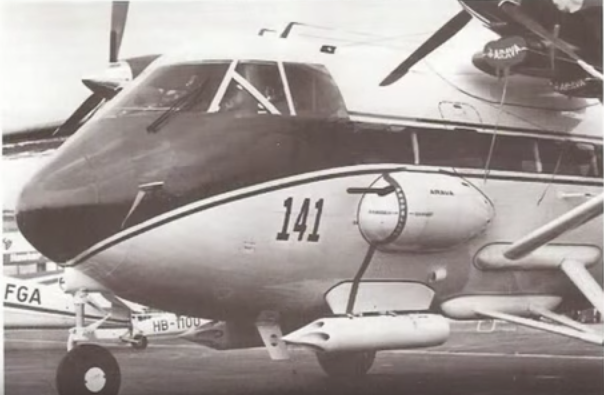
In addition, on two pylons on the fuselage, two NAR containers or other combat loads weighing 500 kg could be suspended. In addition to the installation of weapons and sights, in the form of additional options, devices for resetting dipole reflectors and shooting heat traps were offered.
The modernized military aircraft in 1977, designated IAI-202, was equipped with Pratt & Whitney Canada PT6A-34 780 hp aircraft engines. with three-bladed propellers with a diameter of 2,59 m. This made it possible to reduce the takeoff roll and increase the aircraft's carrying capacity to 2,5 tons. The takeoff run was 230 m, and the landing run was 130 m.With new, more powerful engines, the maximum speed was 390 km / h, and the cruising speed was 319 km / h. Some of the aircraft were rebuilt from earlier modifications during the overhaul; to install new engines, the wing had to be completely changed. The assigned flight life of the late production aircraft was 40000 hours.
Civilian modification with engines of increased power and improved equipment received the designation IAI-102. The largest number of such vehicles were sold to Argentina, where they were used on mountain airfields with limited lanes.
In the IAI-202 aircraft cargo cabin, modified in the interests of the military, 24 military personnel could be accommodated. weapons, 16 parachutists, easy all-terrain vehicles with recoilless guns and 4 man calculations, or 2,5 tons of cargo. If necessary, there was a possibility of re-equipment in the sanitary version. At the same time, 12 stretcher is installed in the cargo compartment and workplaces for two doctors are equipped.
In addition to the universal multi-purpose aircraft, limited series produced specialized versions. Patrol-anti-submarine modification differed from other models by the presence in the nose of the search radar, capable of detecting the periscopes of submarines. On the plane installed special equipment weighing about 250 kg. The armament included four anti-submarine torpedoes Mk14 and twelve acoustic buoys.
The ability to be airborne for up to 10 hours allowed the use of the Arawa as an air repeater, electronic reconnaissance aircraft and EW. In this case, a set of electronic equipment weighing up to 500 kg and two operators are placed on board.
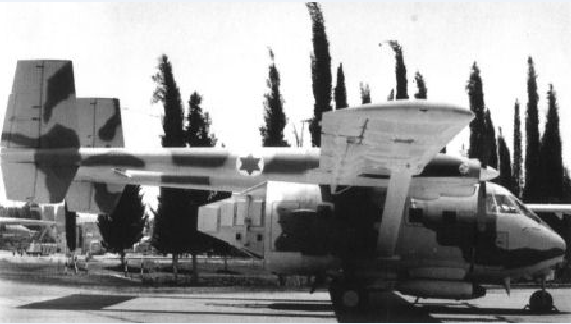
Several vehicles of this modification were used in the Israeli Air Force, but, unfortunately, high-quality images of these aircraft, as well as reliable details regarding the composition of the equipment and details of the application could not be found.
During operation, the scope of application of "Aravy" was very diverse. Aircraft often used as towing aircraft targets and when performing search and rescue operations. When equipping field airfields, the Arava could be used to deliver fuel and refuel other aircraft and helicopters, as well as to refuel ground-based equipment in the field. For this purpose, fuel tanks with a total capacity of up to 2000 liters and refueling equipment were mounted in the cargo cabin of the aircraft.
But, despite the efforts of Israeli Aircraft Industries, which tried to attract foreign buyers with combat capabilities, good take-off and landing characteristics, stability, excellent maneuverability for machines of this class, simplicity and ease of operation, the Arava aircraft did not meet expectations. The aircraft, which was in serial production from 1972 to 1988 year, was built in the number of 103 instance. In this case, 2 / 3 machines were released in a military configuration.
In addition to Israel, the Arava was supplied to 16 countries: Argentina, Bolivia, Venezuela, Haiti, Guatemala, Honduras, Cameroon, Liberia, Mexico, Nicaragua, Papua New Guinea, El Salvador, Swaziland, Thailand, Ecuador. In a large part of the countries of this list, there were problems with anti-government armed formations, and Israeli-made multi-purpose aircraft were used in hostilities.
A case in point is the example of the Colombian Air Force. Three Arava airplanes with an armament set were transferred to the Colombian Air Force in April 1980. Soon, the planes were used in conjunction with the AC-47 "hugs" against the left-wing rebels operating in the jungle. However, in the role of attack aircraft, operating at low altitudes, the plane was not too successful. The relatively low speed and large silhouette made it a good target for anti-aircraft fire. After the aircraft began to return from combat missions with bullet holes, and among the crews there were wounded, the Arava refused to use it. As a result, specialized anti-guerrilla aircraft: А-37, OV-10 and "Tukano" began to attract the positions of left-wing armed groups and the destruction of the dumped objects of drug traffickers.
The planes switched to more specific tasks: the delivery of food and ammunition to remote garrisons, the transportation of small troops, the evacuation of those in need of medical assistance, air reconnaissance and patrol flights. In flight accidents, two Colombian light transporters were lost during the 10 years. Fortunately for those aboard, none of them died. To date, only the “Arava” has remained in Colombia, the aircraft has undergone repairs and is being used in the civilian sector.
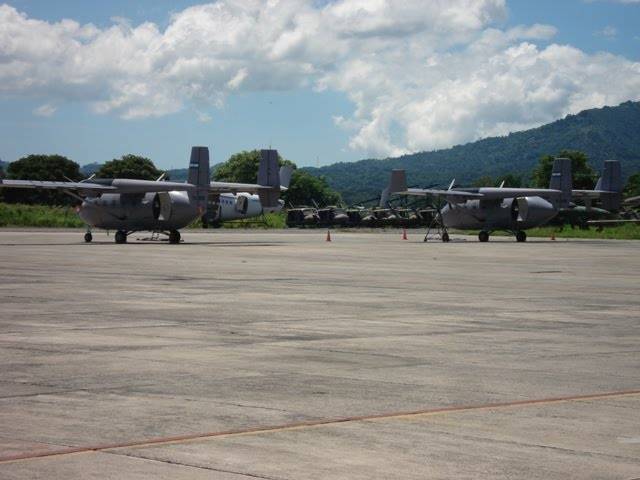
However, as the practice of use in other countries has shown, the Arava turned out to be a good ganship, especially at night. Having on board a large-caliber machine gun, or a light 20-mm automatic cannon installed in the doorway, the plane, flying in a circle, could continuously fire at the same target, being out of reach of effective small-arms fire. At the same time, the goal for better visual visibility is often “marked” with phosphorus ammunition. This is how the Salvadoran IAI-202 was applied.
Satellite image of Google Earth: Salvadoran IAI-202 at Aereopuerto Militar de Ilopango airbase
In addition to El Salvador and Colombia, “Aravam” had the opportunity to “smell gunpowder” in Bolivia, Nicaragua, Honduras and Liberia. It was reported that one Liberian IAI-202 was shot down by 14,5-mm ZPU-4 anti-aircraft fire. Until recently, one Bolivian aircraft, armed with heavy machine guns and the NAR, regularly flew combat missions against drug barons operating in remote areas of the country. As a rule, the Arava acted as an air command post, directing and coordinating the actions of the AT-33 light jet attack aircraft.
Without a doubt, the airplanes "Arava" have a rich combat history. But the specificity of anti-confrontational actions is such that the details of special operations, as a rule, do not leak into the media. Despite the fact that most of the machines were operated on field airfields in countries where the level of maintenance left much to be desired, the accident rate was relatively small. In accidents and catastrophes, about 10% of the entire fleet was lost, and most of the flight accidents occurred due to the “human factor”. The last major incident with the Arawa plane was 15 March 2016. The car, owned by the Ecuadorian Air Force, crashed into the mountainside in bad weather conditions. The crash killed 19 Ecuadorian paratroopers and 3 crew member.
Currently, the flight career of the Arava aircraft has already ended in most of the operating countries. So, the Israeli Air Force abandoned this car in 2004 year, and now in the flying state in the world there are no more than two dozen cars. Despite the very good operational and flight data, in many ways an outstanding aircraft did not deserve due recognition. The reason for this was the dominance of the European and American aircraft manufacturers that were more prominent than the Israeli IAI and the very specific position of Israel in the world, which hindered the export of aircraft from this country to the 70-80-s. The government of a number of countries refused to trade with Israeli companies for political reasons. Moreover, unlike the USSR or the USA, the Jewish state could not afford to supply weapons on credit or give to its allies, which certainly affected the spread of Israeli military-industrial complex products in the world.
Based on:
http://airspot.ru/catalogue/item/iai-201-arava
http://1000aircraftphotos.com/HistoryBriefs/IAI-Arava.htm
http://www.zvo.su/VVS/voenno-transportnyy-samolet-arava.html
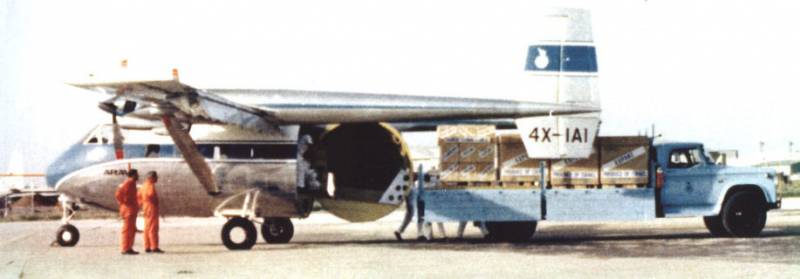
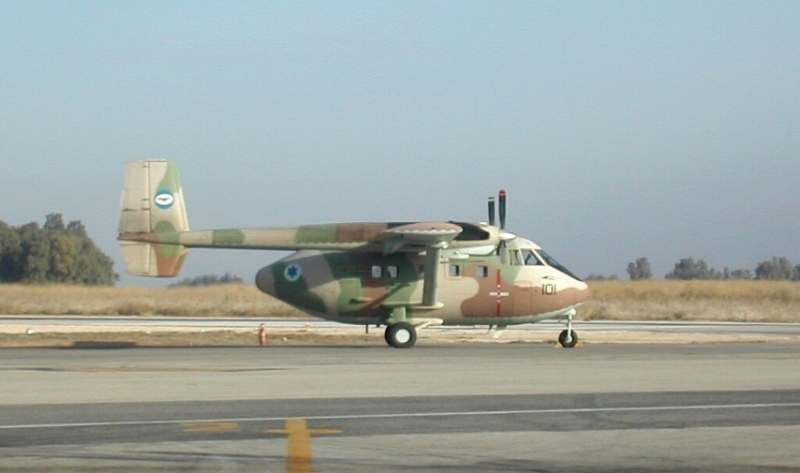
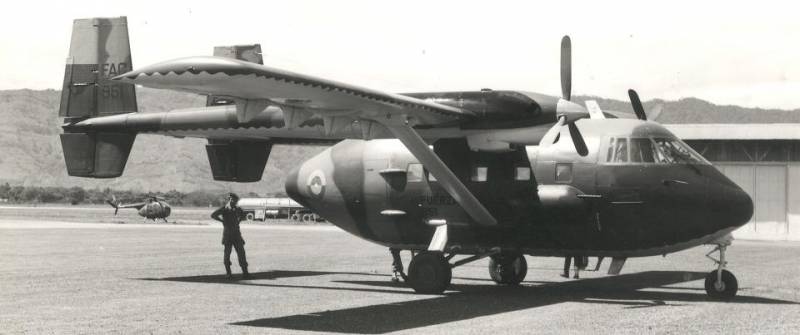
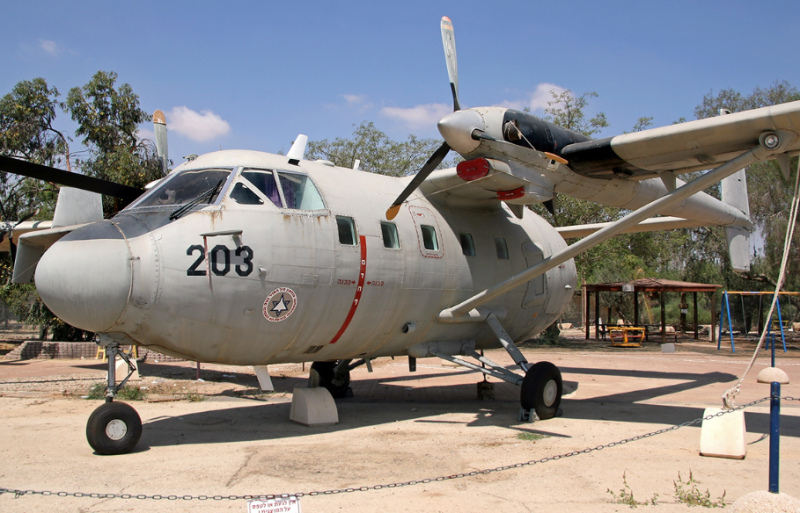
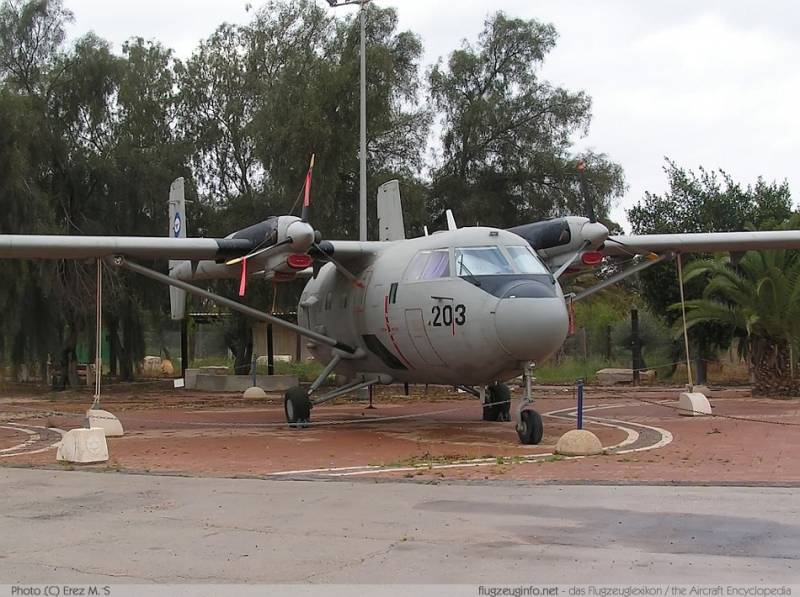
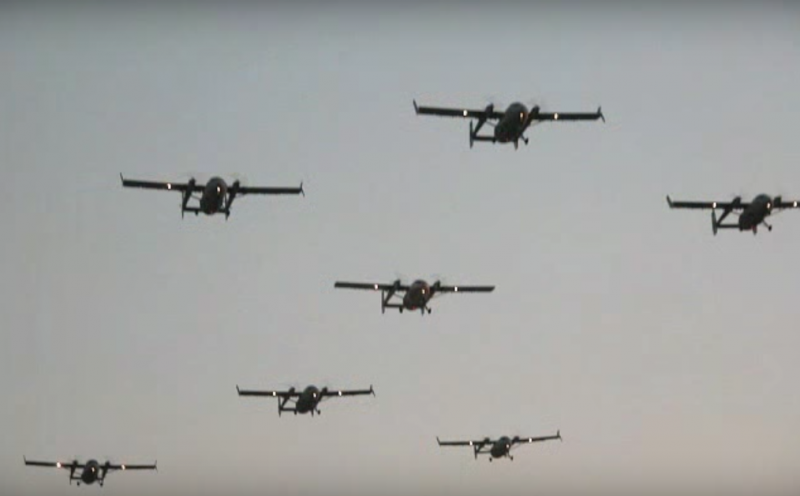
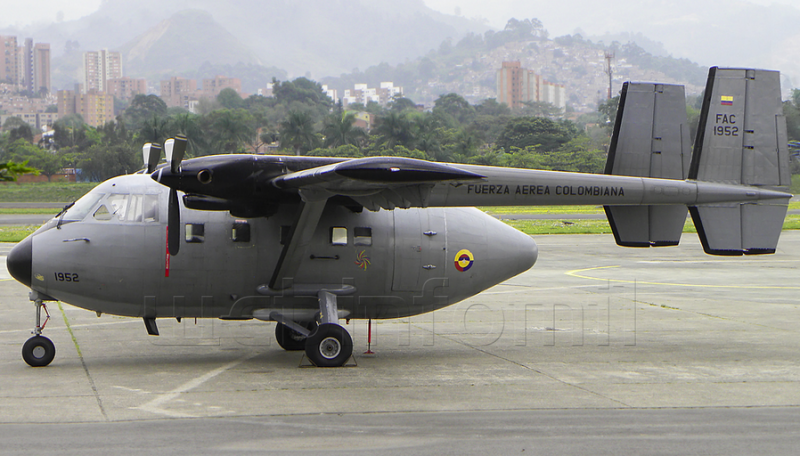
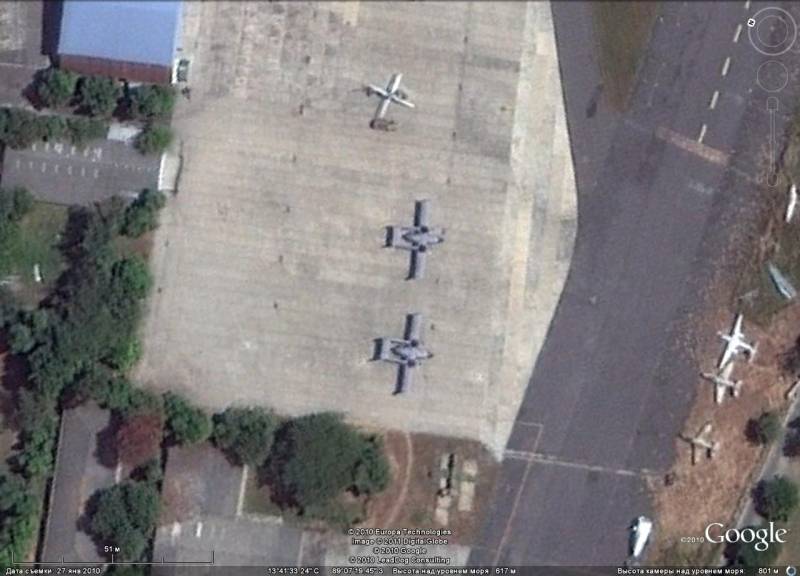
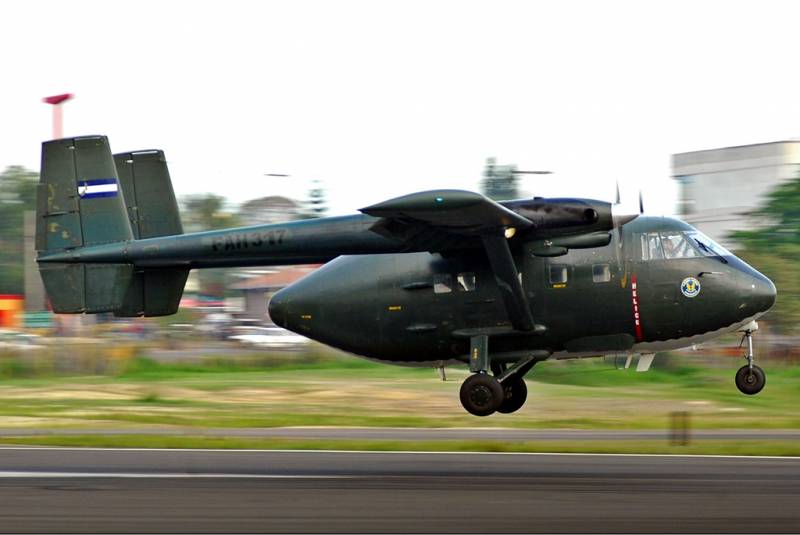
Information